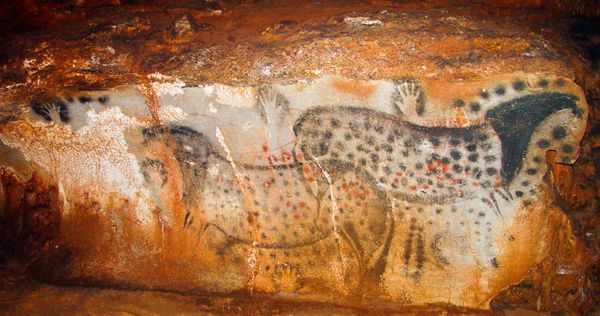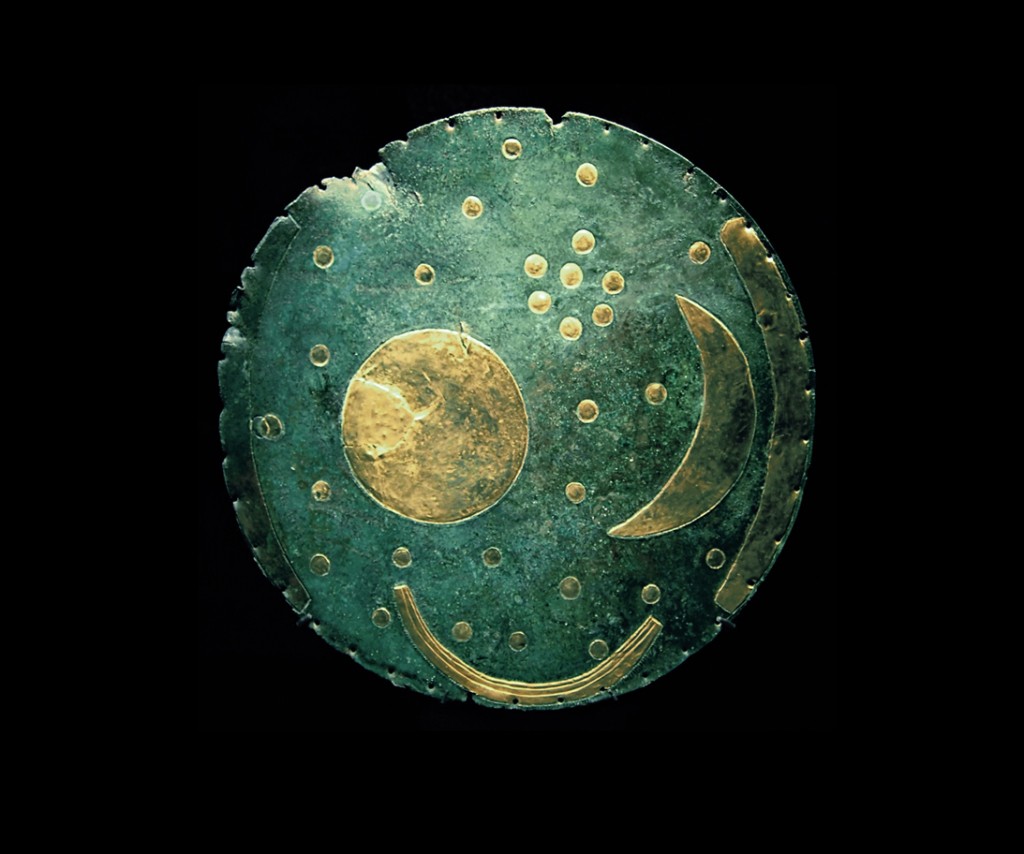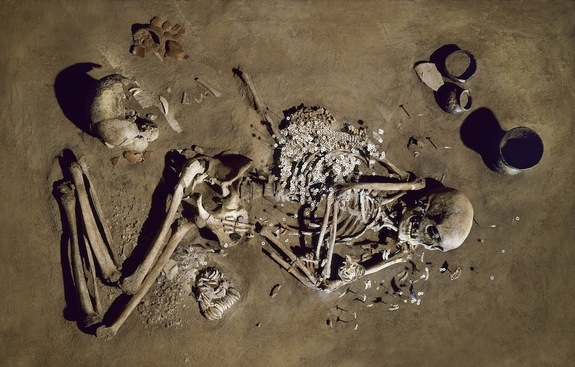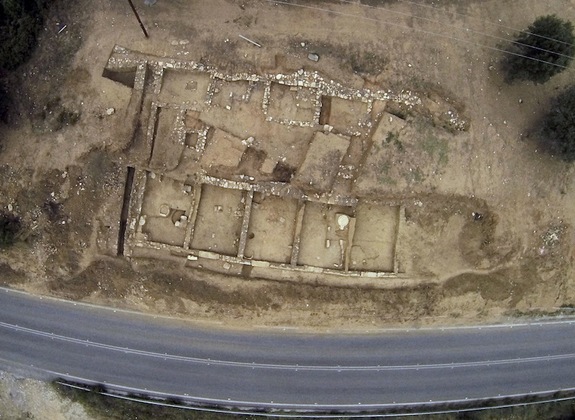OF THE
TIMES


'Over 3800 years ago, a young male, possibly born in Skåne, made a journey of over 900 kilometers south, to Wroclaw in Poland. He died violently in Wroclaw, killed by Úněticean farmers, possibly due to romance with two local females, who were murdered together with him. This 'Bronze Age love story', with no happy end today is the first case of Swedish-Polish contacts in history ever', concludes archaeologist Dalia Pokutta, author of the thesis.The Early Bronze Age has undergone a multitude of transformations through archaeologist's eyes over the past decades. The Únětice culture, commonly known and associated with Nebra Sky Disk, is currently considered to be part of a wider pan-European cultural phenomenon, arising gradually between III-II millennium B.C.
"Comets always visit our skies - they're these dirty snowballs of ice mixed with dust - but never before in history has material from a comet ever been found on Earth," says Professor David Block of Wits University.The comet entered Earth's atmosphere above Egypt about 28 million years ago. As it entered the atmosphere, it exploded, heating up the sand beneath it to a temperature of about 2 000 degrees Celsius, and resulting in the formation of a huge amount of yellow silica glass which lies scattered over a 6 000 square kilometer area in the Sahara.


